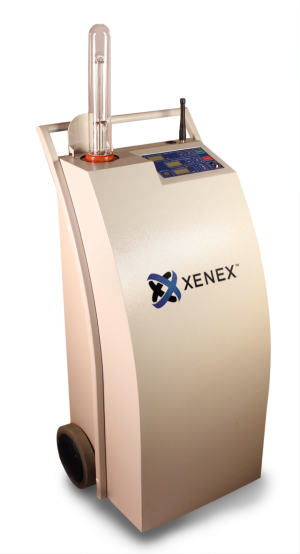From the August 2011 issue of HealthCare Business News magazine
Medical sterilizers are a big deal for health care institutions, having a tremendous effect on both patient outcomes and on the bottom line. And the sterilizer sector – along with just about everything else – has been hit hard by the recession. The global economic downturn, according to research from Global Industry Analysts, Inc. has lengthened the product replacement cycle and slowed adoption of new technologies.
But there’s good news gleaming off in the distance. Analysts at GIA anticipate that the global market for sterilization systems and equipment will reach $2.7 billion by the year 2015.



Ad Statistics
Times Displayed: 46200
Times Visited: 1302 Ampronix, a Top Master Distributor for Sony Medical, provides Sales, Service & Exchanges for Sony Surgical Displays, Printers, & More. Rely on Us for Expert Support Tailored to Your Needs. Email info@ampronix.com or Call 949-273-8000 for Premier Pricing.
Rife with refurb
Hospitals in general have felt some ill effects from the recession. With fewer people having good health insurance plans, many think twice before seeking care. Not everything can be attributed to the recession, though. Reimbursement rates have dropped, too. The resulting tight budgets and difficulties in securing funds have led many hospitals and clinics to delay buying major equipment – such as sterilizers – or to opt for refurbished ones, according to the GIA report.
SPBS has certainly found this to be true. The company sells new and refurbished medical instrumentation and provides repair and maintenance services throughout the Southwest.
“We are seeing an increase in sales of refurbished medical sterilizers over the last three to five years,” says Shannon Moore, director of sales and marketing for SPBS. “We think it took the recession to get people interested in refurbished equipment,” Moore adds, noting that interest in refurb is especially high among smaller, rural hospitals.
Herman Dennington, president of Medequip Engineering Service Inc., agrees. “The bang for the buck is so much better with refurbished sterilizers,” he explains.
It is important to note, says SPBS’ Moore, what it means to refurbish a medical sterilizer. Improperly refurbished sterilizers, Moore and Dennington both attest, sully the name of refurbishers everywhere.
“When we refurbish a sterilizer, we start by taking the chamber of the sterilizer and having it pressure tested to see if there are any cracks or leaks,” Moore explains. “If there are any, we discard the chamber.” If the chamber is sound, the unit is fitted with new piping, values, gaskets and controls. “Sterilizer vessels are good forever, unless, of course, there is a crack or a leak,” says Moore.
“New sterilizers can last about 15 to 20 years,” says Dennington. “A refurbished sterilizer – as long as it’s not a ‘spray and pray’ – should last about the same length of time, especially if it has the same warranty as a new sterilizer.”

